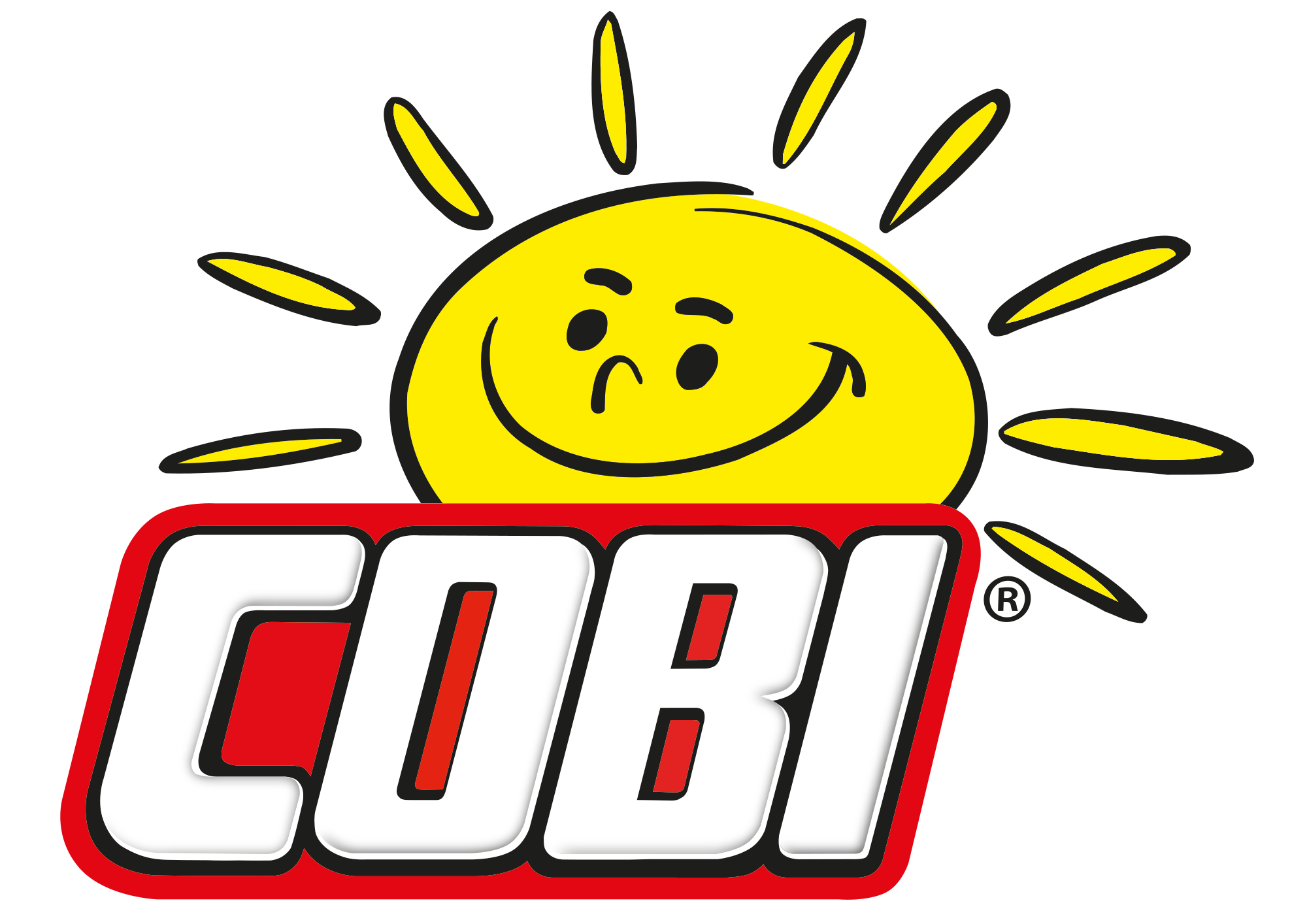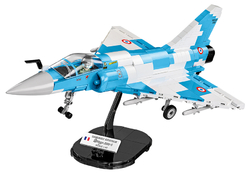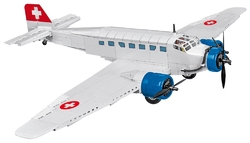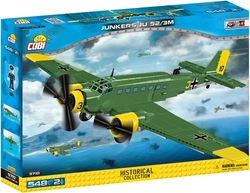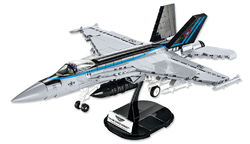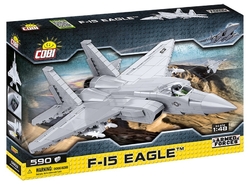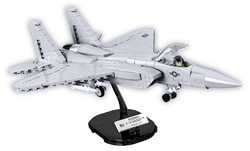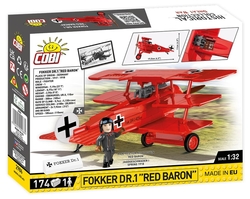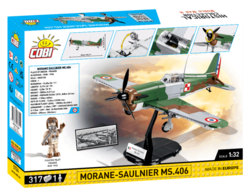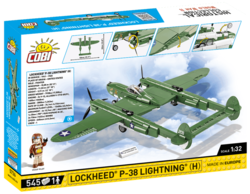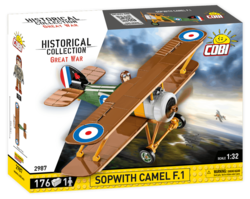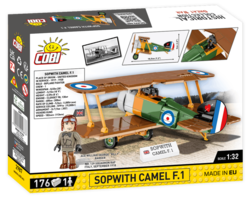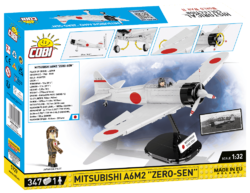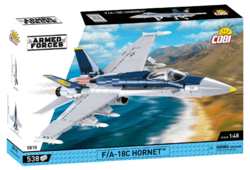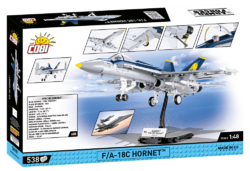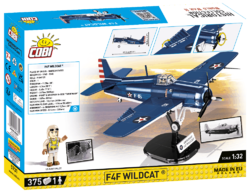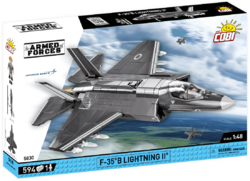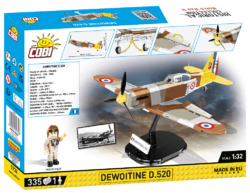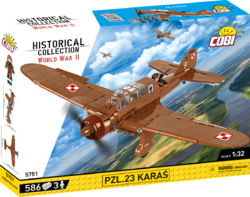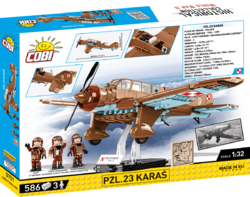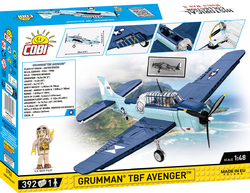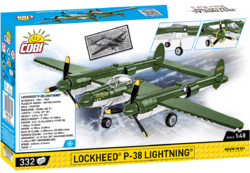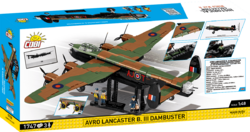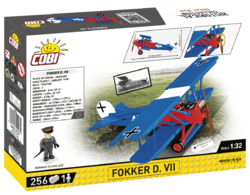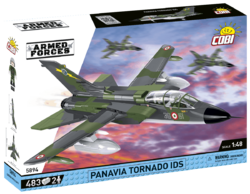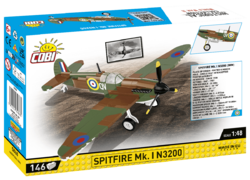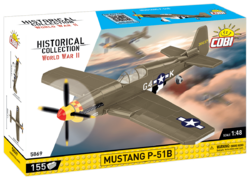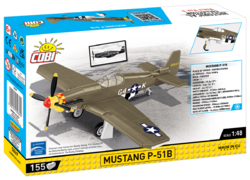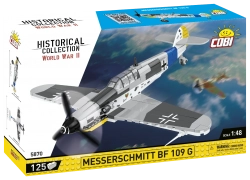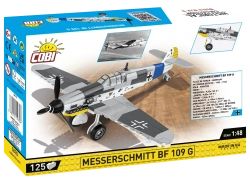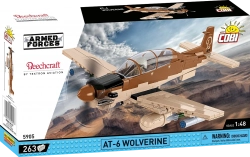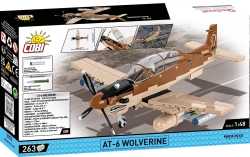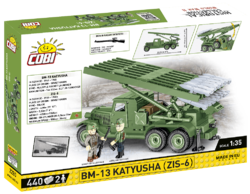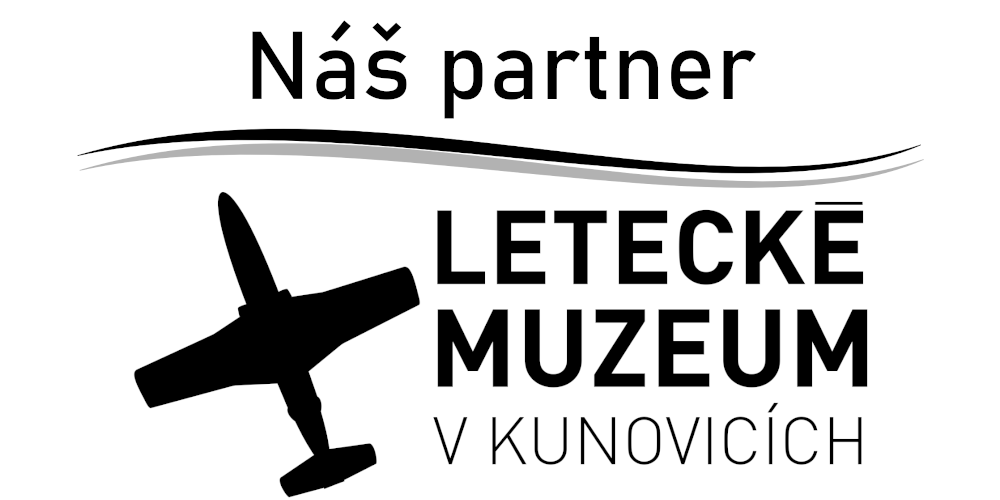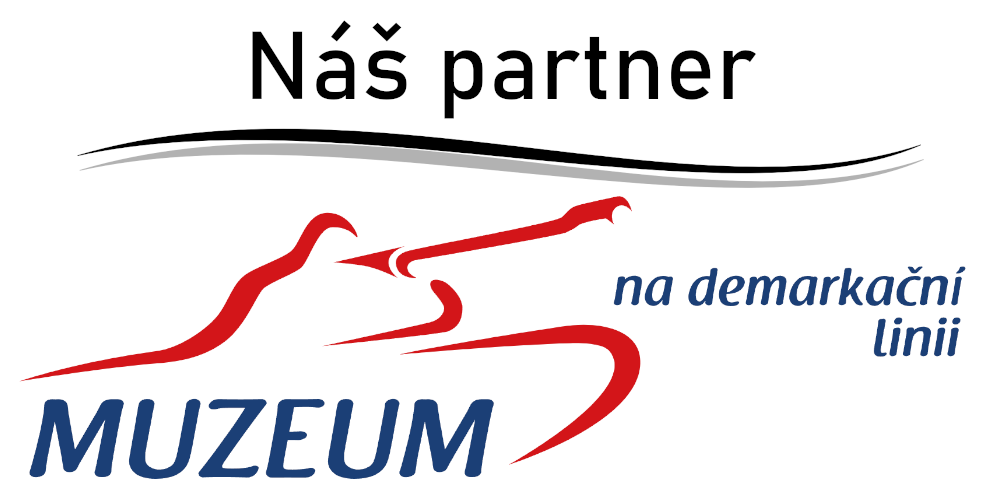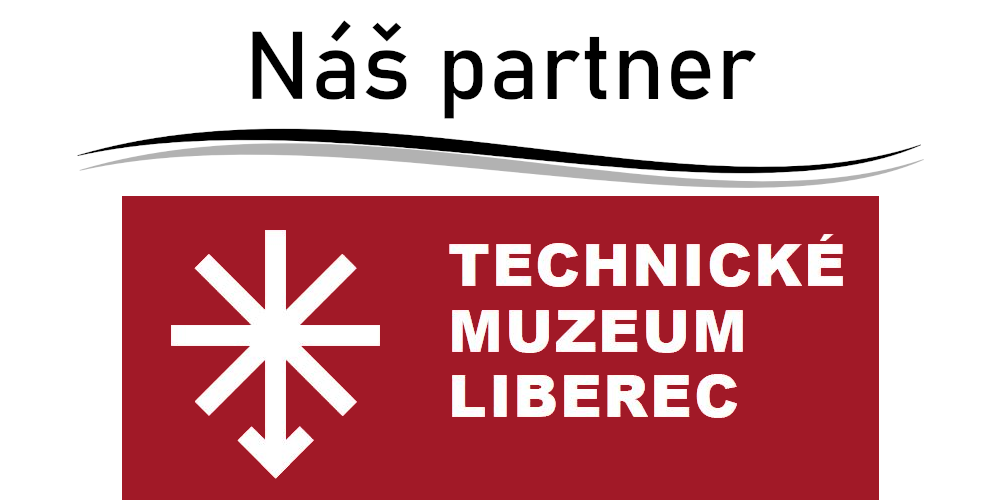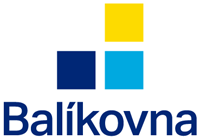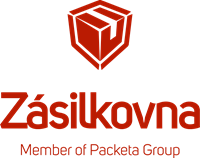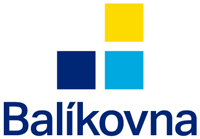Kit model of the secret German Horten Ho-229 monoplane with jet propulsion. The assembled model has a removable cockpit cover for figure seating and tilting landing gear legs. The package also includes a figure of test pilot Erwin Ziller and a cube with a description. For the creation of this model, we thank our fan Mr. Darius, who came up with this great idea.
Show more
87 %
(3 Ranking)
1 552 Kč
pcs
Add to Cart
In stock - ready to ship (3 pcs)
| List Number: | COBI-5757 |
| EAN: | 5902251057572 |
| Warranty: | 24 months |
| Manufacturer: | COBI |
| Loyalty Points: | 10 |
| Price excluding VAT: | 1 282,91 Kč |
Latest reviews
All reviews
Verified customer
28.03.2025
Výsledek vypadá skvěle.
Skládal se hůř, návod nebyl místy moc dobře čitelný.
+
Barvy maskovacího nátěru jsou na kostkách provedeny realisticky.
+
Finální model vypadá perfektně.
-
Plánek by mohl být trochu lépe zpracovaný, chvilkama jsem "plaval" a musel rozebírat a napravovat.
Verified customer
09.07.2024
Nádherný model a ta velikost... ♥️
+
Nádherný model
-
Stavění je peklo
Verified customer
12.01.2024
Za mě nádherný model, sice stavba docela peklo, ale výsledek stojí za to.
+
Nádherný model
-
Blbě se skládá
Description
Parametres
Files and Links
Discussion
Reviews3

You know that:
- The first attempts to build an autogyro had been underway since 1928 at the American Northrop factory, but no one had got as far with development as the Horten brothers in Germany.
- Walter, Reimar and Wolfram Horten worked on the unusual design of the autogyro as students, building flying models of gliders that showed very good flight characteristics.
- In 1939, all the brothers joined the Luftwaffe. However, Wolfram was killed in May 1940 in his Heinkel He 111 while laying mines. After the Battle of Britain, Walter joined the Aircraft Development Command, where shortly after his commissioning he set up a small group "Sonderkommando 3" to which he transferred Reimar to start developing the idea of an aerodynamic autogyro wing.
- No one was supposed to know about the newly formed group. The engineers drew money for the development from the budget of the Air Inspection. All out of fear that their project might be stopped.
- The first prototype with Argus engines was completed in 1943 and it was immediately clear that the Horten brothers had built something extraordinary. No sooner had the paint on the prototype dried than the Hortens were working on something new. In 1943, Hermann Göring announced a competition for a new Wunderwaffen called "3x1000". Behind the name were the required characteristics of the new aircraft to deliver a 1000 kg bomb at a speed of 1000 km/h over a distance of 1000 km.
- No one was able to meet Göring's requirements except the two Horten brothers. At the time the competition was announced, they were already working on a long-range bomber capable of dropping bombs on New York. Their project was given official status and money. H. Göring, after seeing the machines in progress, placed the project in the highest priority group.
- The Ho 229s were to be fitted with BMW 003 jet engines, but development was slow. It was therefore decided to install the older Jumo 004B engines.
- Production of 6 prototypes and the first 20 production units began at the Gotha factories. Production progressed slowly as the Horten brothers devoted their time to the development of a long-range nuclear bomber.
- Fortunately, the end of the war came before the prototypes were completed.
- Only the Ho 229 V1 (glider), the Ho 229 V2 with Jumo engines were fully completed. A piece marked V3 was captured by the Americans in a nearly completed state and taken to Northrop for examination.
- The V4 and V5 prototypes mysteriously disappeared before the Americans arrived. Some scholars state that these aircraft were taken by the Soviet Army. However, the Soviet Union was unable to replicate such advanced technology.
- 35 years later, Northrop developed the B-2 Spirit long-range bomber. Remind you of anything?
- Today, the Ho 229 is on display at the National Air Space Museum.
Technical parameters:
- wingspan 16.8 m, length 7.4 m, height 2.81 m
- empty weight 5 067 kg
- maximum take-off weight 8 100 kg
- power unit 2x Junkers Jumo 004B jet engine with 8.7 kN thrust
- maximum speed 977 km/h
- maximum flight level 15 800 m
- range up to 1 000 km
- climb rate 22 m/s
- armament 2x MK-109 cannon 30 mm calibre + 2x 500kg air bomb + R4M unguided missiles
Minute review - CZ version
Assembly instructions
| Number of figurines | 1 pcs |
|---|---|
| Recommended age | 10+ |
| Version (series) | 11/2023 |
| Scale | 1:32 |
| Box dimensions | 45 x 30 x 7 cm |
| Dimensions after assembly | 52,5 x 23,5 x 10 cm |
| Package weight | 945 g |
| Number of pieces | 953 pcs |
| Contains luminous blocks | No |
| Material | Plastic |
| Collection | World War II |
| Compatible with other brand of kits | Yes |
Discussion is empty.
87 %
5
1x
4
2x
3
0x
2
0x
1
0x
Výsledek vypadá skvěle.
Skládal se hůř, návod nebyl místy moc dobře čitelný.
+
Barvy maskovacího nátěru jsou na kostkách provedeny realisticky.
+
Finální model vypadá perfektně.
-
Plánek by mohl být trochu lépe zpracovaný, chvilkama jsem "plaval" a musel rozebírat a napravovat.
Nádherný model a ta velikost... ♥️
+
Nádherný model
-
Stavění je peklo
Za mě nádherný model, sice stavba docela peklo, ale výsledek stojí za to.
+
Nádherný model
-
Blbě se skládá
Other categories
Last viewed products
You might be interested












































